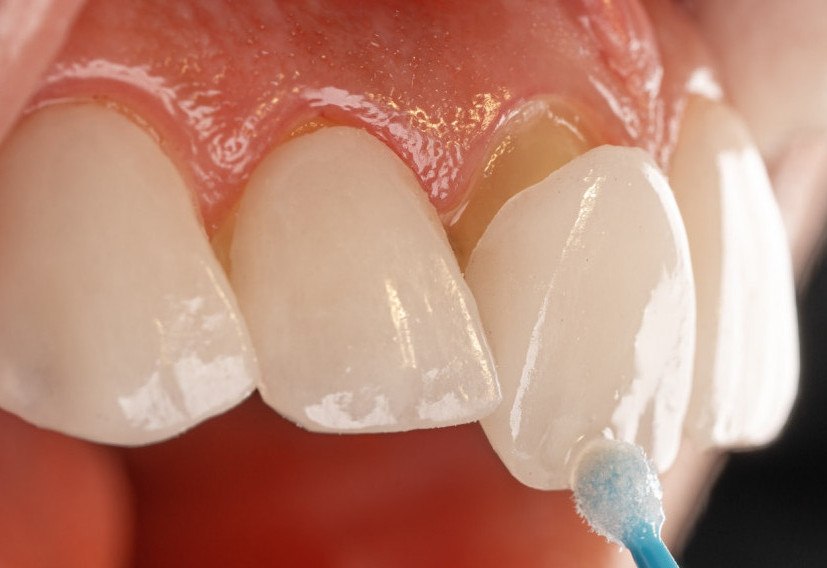Hi there, it’s Kazeem again!
When it comes to dental health, every penny counts. This article explores low-cost dental veneers as a cost-effective solution for those seeking to enhance their looks to have a great smile.
We look at the benefits of affordable veneers, the procedures involved in their placement, and tips on maintaining them.
The article also provides a comparative analysis of cost and quality, serving as a comprehensive guide for anyone considering this dental procedure.

Key Takeaways
- Low-cost dental veneers are accessible and affordable, making them a popular choice for enhancing dental aesthetics without incurring significant costs.
- With proper care, low-cost veneers can last up to 10 years, providing a long-lasting solution for improving the appearance of your teeth.
- Did you know that insurance coverage and financing options are available for low-cost veneers, making them a more feasible option for those on a budget? (We will likely look at this another time).
- While higher-cost veneers may offer better longevity, dentists may be open to price negotiations, allowing patients to find a balance between cost and quality.
Understanding Dental Veneers
Understanding dental veneers involves looking closely into their design, how they are applied – (by trained professionals of course!), and the benefits they offer for improving dental aesthetics.
Predominantly, veneer types include porcelain and composite, each uniquely crafted to mimic the appearance of natural teeth. Veneer materials are hence chosen based on durability, aesthetics, and personal preferences.
The application process necessitates professional skills for precise bonding, ensuring a veneer lifespan of 10-15 years with proper care. However, veneer alternatives such as bonding or crowns could also serve as viable options for patients seeking different solutions.
Lastly, it’s crucial to consider insurance coverage, as most providers deem veneers cosmetic, thereby not covering them. Therefore, understanding these facets helps in making informed decisions, and serving patients’ dental health needs optimally.
Benefits of Affordable Veneers
With respect to affordable veneers, it’s important to note that these budget-friendly options can also present a number of advantages, including accessibility and the potential to enhance dental aesthetics without imposing a significant financial burden. One must not overlook veneer longevity, a key benefit of these affordable alternatives. They offer a durable solution for aesthetic enhancement, often lasting up to a decade with proper care.
Furthermore, insurance coverage and financing options can significantly reduce out-of-pocket expenses, making this cosmetic procedure even more attainable. It’s also worth mentioning that affordable veneers offer a viable alternative to more costly dental procedures, making them a preferred choice for many patients.
Procedure for Placing Veneers
The procedure for placing dental veneers involves a series of precise steps, carefully carried out to ensure optimal aesthetic results and longevity. This process is usually administered over two appointments:
- The Initial Evaluation: This step involves assessing individual suitability for veneers, including oral health status and cosmetic goals.
- The Preparation Process: A thin layer of enamel is gently removed to accommodate the veneer, ensuring a natural look.
- Veneer Placement: The veneer is bonded to the tooth using a special light-sensitive resin.
- Post-Procedure Care: Instructions are given to enhance veneer longevity and prevent complications.
Veneer complications, although rare, can include sensitivity and slight discomfort. Regular dental check-ups can help monitor these potential issues.
So, moving on to the next topic, we now must explore methods of maintaining your low-cost veneers.
Maintaining Your Low-Cost Veneers
Once your low-cost dental veneers are in place, a crucial aspect to ensuring their longevity is implementing a thorough and consistent oral care routine. Regular follow-up visits are imperative to monitor the veneers and assess if any veneer repair is necessary. Here is a simple table to help you establish a solid maintenance plan:
| Action | Impact |
| Proper cleaning | Prolongs veneer longevity and prevents discoloration |
| Mindful eating | Dietary impact can cause damage; avoiding hard or sticky foods is recommended |
| Regular check-ups | Early detection of any potential issues, ensuring immediate veneer repair |
| Professional cleaning | Preserves veneer longevity, removes plaque and tartar build-up |
Abiding by these guidelines, will not only maintain your veneers but also enhance your overall oral health.
Comparing Cost and Quality
While maintaining your low-cost veneers is crucial, it’s equally important to understand the relationship between cost and quality when selecting dental veneers. Extracting the maximum value from your investment requires due consideration of factors such as:
- Insurance coverage: Some insurance plans may cover part of the cost of veneers.
- Veneer longevity: Higher-cost veneers usually offer better longevity, translating into long-term cost-effectiveness.
- Price negotiation: Dentists may be open to price negotiations, potentially reducing the cost of your veneers.
- Dental tourism: Traveling abroad for dental procedures can lower costs but consider the potential risks involved.
Lastly, consider financing options. Many dental offices offer payment plans, making this investment more manageable. Remember, quality matters as much as cost when it comes to dental veneers.
Frequently Asked Questions
Are There Any Other Alternatives to Dental Veneers?
Yes, several alternatives to dental veneers exist, including dental bonding and crowns. Advancements in cosmetic dentistry, insurance coverage, and the veneer application process may influence the choice between porcelain, composite, and other options.
Do Dental Veneers Come With Any Potential Side Effects or Risks?
Indeed, dental veneers may carry potential side effects such as veneer discoloration, increased sensitivity, potential allergies, and issues with bonding strength. Additionally, veneer replacement could be necessary over time.
Can I Get Dental Veneers Even if I Have Gum Disease or Other Dental Issues?
Gum disease management and addressing underlying dental issues are vital before the veneer preparation process. Infection risk assessment ensures disease veneer compatibility, optimizing the outcome while minimizing potential complications. Consult your dentist for personalized advice.
What Is the Expected Lifespan of Low-Cost Dental Veneers?
Although I mentioned above that veneers can last up to a decade, the lifespan of dental veneers in many cases varies. This is influenced by the different veneer types, their maintenance, and post-procedure care. Despite affordability factors, proper upkeep can extend longevity. Dental insurance may also affect replacement frequency and overall veneer lifespan.
Will Dental Veneers Affect My Ability to Eat Certain Foods?
Dental veneers, once properly installed and maintained, typically do not impose significant food restrictions. However, veneer durability could be compromised with hard food. Changes to eating habits may be necessary to avoid nutritional impact.
Which Is a More Affordable Option: Dental Bonding or Veneers?
When it comes to improving your smile, it’s essential to consider the cost of dental treatments. Dental bonding or veneers are both viable options, but dental bonding is generally more affordable. Veneers may offer more durability and a longer-lasting solution, but dental bonding can be a cost-effective way to address minor dental imperfections.
Conclusion
In conclusion, low-cost dental veneers provide a practical solution for enhancing dental aesthetics. Despite their affordability, they offer durability, comfort, and a natural appearance.
With proper care and maintenance, these cost-effective alternatives can offer enduring benefits. Therefore, low-cost veneers are not only a budget-friendly choice but also a valuable investment in one’s oral health and overall well-being, bridging the gap between cost and quality in dental care.
